A brief note on the major Tribal groups of Kerala
As per estimates, more than 1000 ancient tribal groups are there across the world. There are children of Mother Nature, and owns equal rights of land and soil. They are strictly traditional, and still follow certain customs and rituals which have been followed for many centuries or so. Like many rare animal breeds, many ancient tribal groups have the threat of extinct. Many caste groups have already disappeared and many of them are reducing in number of survivors.
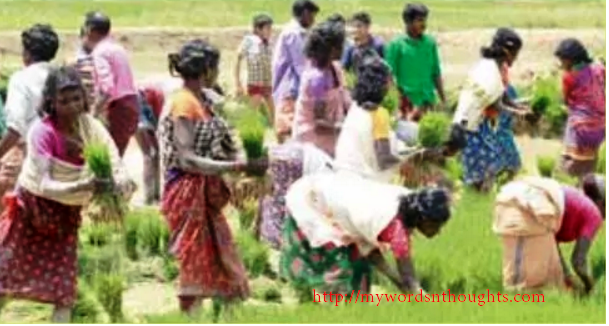
As per census of Kerala, 1.09% of Kerala’s population constitutes Adivasis, also known as Gotra varga samooham. As per classification, they have been included in Negroid- Australoid group. Due to scarcity of food, and diseases, their population has decreased significantly. The existence of common man is very much linked to the existence of tribal people. They serve as the only link with ancient tradition. For the same reason, in 1994 August 9 as was declared as International Day of the World’s Indigenous Peoples by the general assembly of UN, and since then this day is being observed in grand fashion to protect and promote the rights of indigenous population across the world. Through this column, I would like to give a brief note on Adivasis of Kerala.
Ancestors of major tribal or higher groups in Kerala
Negroids – the black race of Africa is one of the basic and primitive human races, as of now. Many tribal groups of Kerala have similarities to Negroids. Dark complexion, round head, flat nose, thick lips and curly hair are some of the common traits. Measurements of limbs (both arms and legs) of Paniyar of Wayanad are almost equal to negriods – as per the studies and research works conducted by Edgar Thurston. Tribal people who live in Kerala forests (Girivargakkar) right now – Kaadar, Kaanikkar, Malampandaarangal, Muthuvaanmaar, Ullaadanmaar, Ooraalimaar, Paniyanmaar etc belong to Negritos. Negroids of southeast Asia are classified under Negroids. These people used to wear combs on their hair.
Australoids – Long head and flat nose with dark complexion are the characteristics of this race of people. They might have snatched away the position of Negritos. Irular, Kurichyar, Karimbaalanmaar, Mala Arayan, Malavedan etc belong to Australoids
Mediterranean – After Negritos and Australoids, Mediterraneans dominated the scene. It’s believed that they form a major group of Dravidians of South India, and that following Greek attack, they left their homes at Mediterranean regions, and reached here as three groups. One group settled at south India, the second one in West India and the third one at the banks of Indus river. The group which reached south India later branched in south India, giving rise to many branches. People who settled on the banks of Indus gave Harappa civilization (Saindava culture).
Aryans – They reached Kerala around 3rd century B. C. Cattle was their main source of income. Aryans were the predecessors of Namboodiri Brahmins of Kerala, higher class of society.
Dravidians – When North India was fully dominated by Aryans and their culture, Dravidians who dwelled on the banks of Indus river later moved towards south and lived with their own groups of people here. Nairs, Vellanan, Ezhava, Pulayas, Parayar and Kuravar form the dominant groups of Dravidians in Kerala
Africa in Kerala
Wayanad is often addressed as ‘Africa of Kerala’. Major population of Kerala Adivasis resides here. As per 2001 Kerala census, 1,36,062 Adivasis reside here – 16% of the population of the district. Till 1931, Adivasis formed the major group in Wayanad. Since 17th century, many tribal people migrated to Wayanad, and the process continued till post-independence period, say till 1960. ‘Keralathile Africa’ written by K. Panoor is one of the authenticated non-fiction works about tribes of Wayanad. The work explored through the poor living conditions and issues faced by tribal people of Wayanad.
Adivasis of Kerala
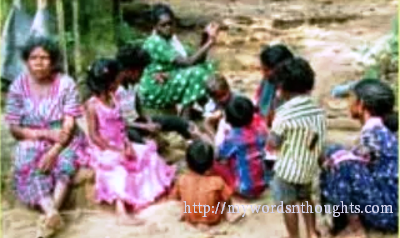
Kaadar – One of the tribal groups in Kerala
As per records, there are 35 tribes in Kerala. They are Adiyaan, Araandan, Eravaalan, Malapulayan, Irular, Kaadar, Kammaaran, Kaanikkaar, Kuttunaykan, Kochuvelan, Kondagan, Konda Reddy, Koraga, Kotta, Kudiya, Kurichyar, Kurumar, Kurumbar, Malassar, Mahaa Malassar, Malayarayar, Malampandaaram, Malavedar, Malakuruvan, Malayan, Malaparayan, Mannaar, Maaraadi, Muthuvaan, Paliyar, Paniyan, Pathiyan, Pallayyan, Ullaadan & Ooraali. But researchers say, there are more than 45 tribes in Kerala.
Many have participated in Independence struggles against British
Adivasis own some exciting chapters in the history books of India’s freedom struggle movement. Kurichyar tribe from Vayanad played a significant role in Pazhassi Raja’s resistance against British. It’s the same community which defeated English Commander Arthur Wellesley, who earlier achieved top rank among Britain’s military heroes for defeating Napoleon. They got the name, Kurichyar for proficiency in hitting the targets in archery.
They also successfully revolted against British in 1812, to record their names in history books. Thalaykkal Chandu is one of the leading names among Kurichyars. They were proficient in hidden wars (Olipporu). They are known to be farmers as well and every family cultivates at least 10 varieties of rice. Cheruvayal Raman is one of the leading names among agriculturists known for his contributions to preserve 40+ rice varieties.
Adivasis of Attapadi
Tribal life of Attapadi regularly find place in newspapers for various reasons. Many debates and discussions have been made on several burning issues related to the life of Attapadi people. They face many problems due to malnutrition and diseases, and they struggle every day for their existence. Attapadi occupies second space after Wayanad in terms of Adivasi population.
Attapadi is a forest area belonging to Mannarkadu Taluk of Palakkad district, and is a located at a height of 1200-3000 feet from sea level. Irular, Mudugar and Karumbar are the major three tribal groups among Attapadi Adivasis, and their population has reduced significantly in the recent times.
Kaani Tribe – One of the prominent groups
Kaani tribe, generally known as Kaanikkaar reside in the Agasthyarkoodam of southern districts of Kerala. They are best known for exposing the medical purposes of Arogya Pacha (Trichopus zeylanicus) to outer world. They mostly reside in the eastern mountain ranges of Thiruvananthapuram and Kollam districts. There are 6 settlements in Thiruvananthapuram district itself – Chembikunnu, Allathaara, Njaaraneeli, Eetimoodu, Kattilakkuzhi and Ilanjiyam.
Comparing with other tribal groups, Kaani owns a better social status. Many of them own acres of land. As they had provisions to mingle with people of towns and cities, most of them are well educated and well employed too. But one settlement still stays at Njaaraneeli who earn a living by cultivating in forest lands and exploring other forest resources. Majority of males in this settlement are still daily wage workers. A few of them earn a living through rubber plantation. As per latest reports, there are 505 houses in the settlement with a total population of 2370.
A short note on Daya Bai

Before I conclude let me add a short note on Daya Bai, a woman activist who works for the uplift of tribals in central India. Originally belonged to a prosperous Christian family in Pala, she works for the welfare of tribal communities since her younger age. She is always seen in tribal costumes, and in December 2015, she came to limelight when she was asked to get out of KSRTC bus by bus conductor and driver while she was travelling from Thrissur to Aluva at late night. As she didn’t know the exact bus stop, she took bus ticket till Aluva only which invited verbal abuses from both. Though she was willing to give extra fare, she was asked to get out of the bus at late night.
Article and Image courtesy: Mathrubhumi

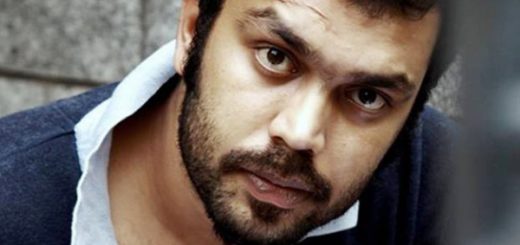
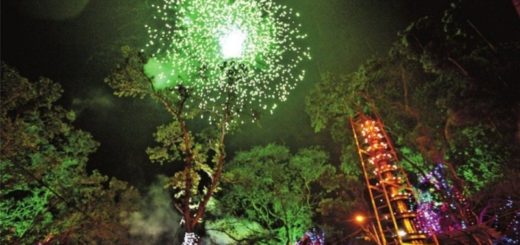
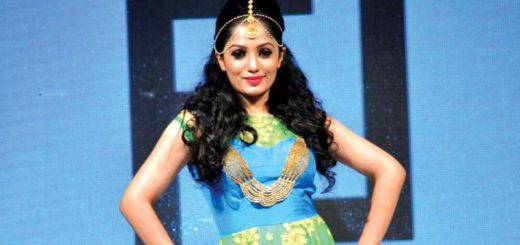


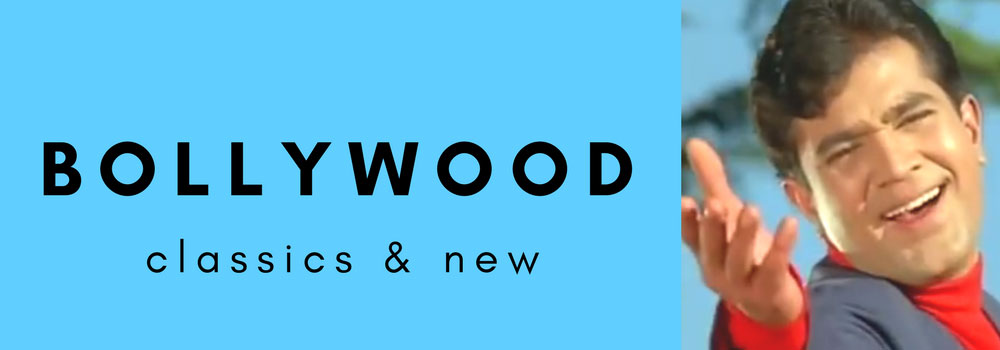

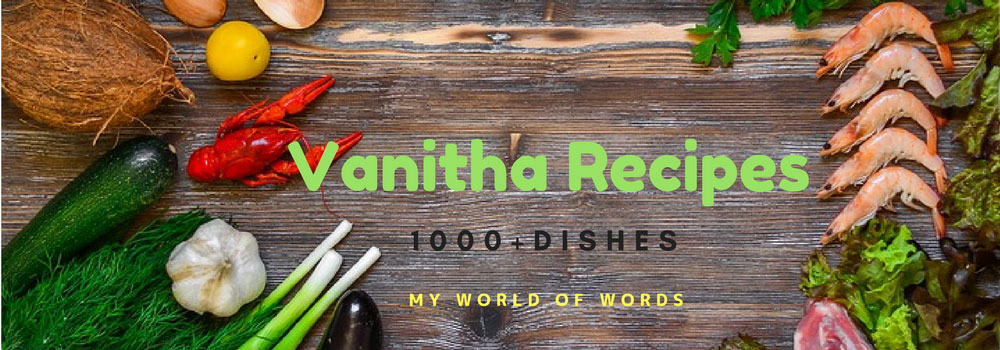
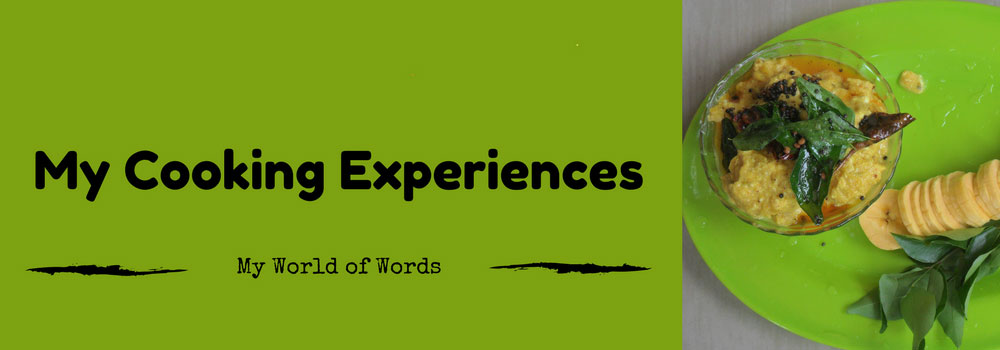


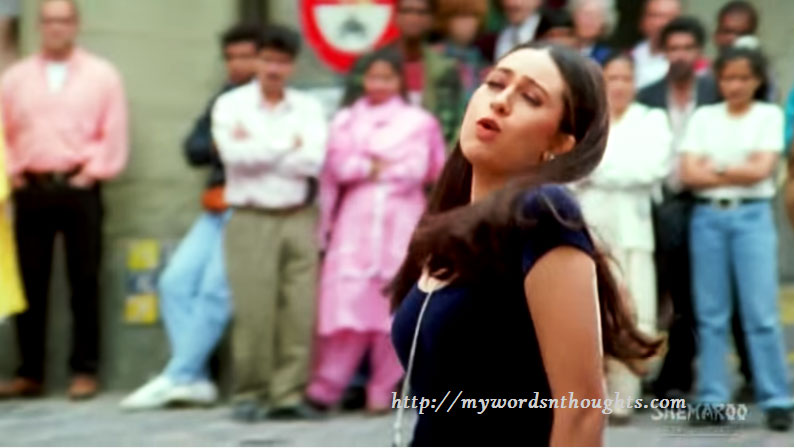

Recent Comments